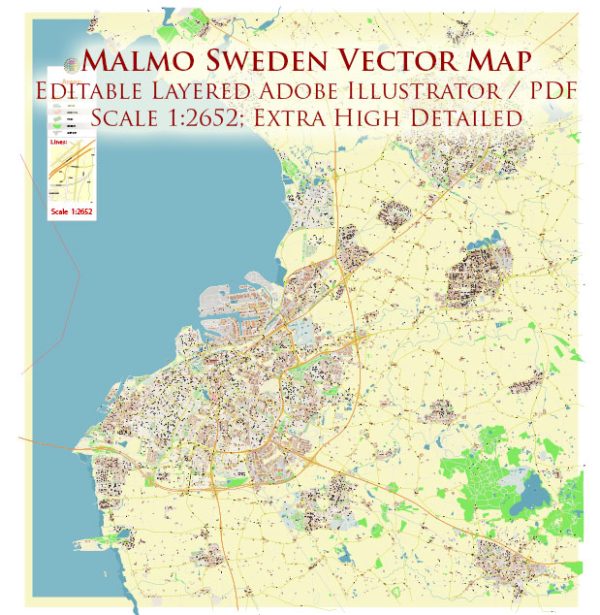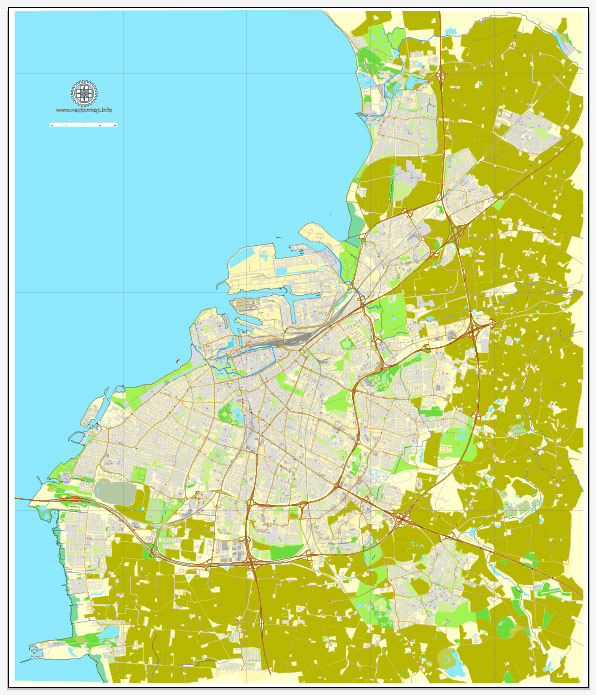Malmö, located in southern Sweden, has a rich history of urban development that spans centuries. Here is a brief overview of key historical developments in the city:
- Medieval Origins (12th-16th centuries): Malmö’s history can be traced back to the medieval period when it was a bustling port town. The city received its town privileges in the early 13th century and became a vital trade center in the Baltic Sea region. The medieval city featured narrow winding streets, a castle (Malmöhus Castle) constructed in the 16th century, and a network of canals.
- Dutch Influence (17th century): In the 17th century, Malmö experienced a significant influence from Dutch architects and engineers. They played a crucial role in the construction of new canals and fortifications, contributing to the city’s defensive infrastructure. The Dutch influence is still evident in some of the city’s architecture and urban layout.
- Industrialization (19th century): Like many other European cities, Malmö underwent significant changes during the Industrial Revolution. The city’s economy diversified, and industrialization brought about new challenges and opportunities. Factories and industrial areas were established, and the population grew as people migrated to the city for work.
- Modernization and Expansion (20th century): The 20th century witnessed further urbanization and modernization in Malmö. The city expanded with the development of new neighborhoods and infrastructure. In the mid-20th century, Malmö experienced suburbanization, with the construction of residential areas to accommodate a growing population. The city also underwent redevelopment projects, including the renovation of older areas and the construction of modern buildings.
- Transformation and Integration (Late 20th century – 21st century): In recent decades, Malmö has been characterized by a commitment to sustainability, innovation, and social integration. The city has embraced a series of urban development projects aimed at transforming industrial areas into residential and commercial spaces. The Western Harbour (Västra Hamnen) is a notable example of such transformation, featuring environmentally sustainable architecture and a focus on quality of life.
- Cultural Diversity and Innovation: Malmö has become known for its cultural diversity, with a significant immigrant population contributing to the city’s vibrant atmosphere. The city has also positioned itself as a hub for innovation and technology, fostering the growth of creative industries.
- Sustainable Development and Green Initiatives: Malmö has gained recognition for its commitment to sustainability. The city has implemented various green initiatives, including sustainable architecture, renewable energy projects, and a focus on eco-friendly transportation. These efforts align with Malmö’s goal of becoming a leading example of a sustainable and livable city.
Overall, Malmö’s history of urban development reflects its evolution from a medieval trading town to a modern, sustainable city with a diverse population and a commitment to innovation. The city continues to evolve, facing new challenges and opportunities in the 21st century.



 Author: Kirill Shrayber, Ph.D.
Author: Kirill Shrayber, Ph.D.